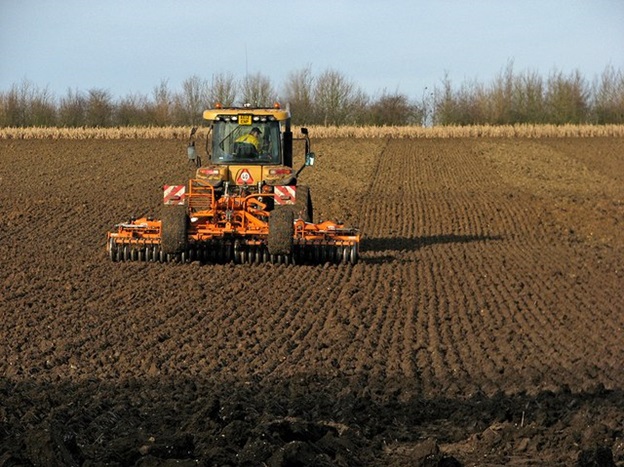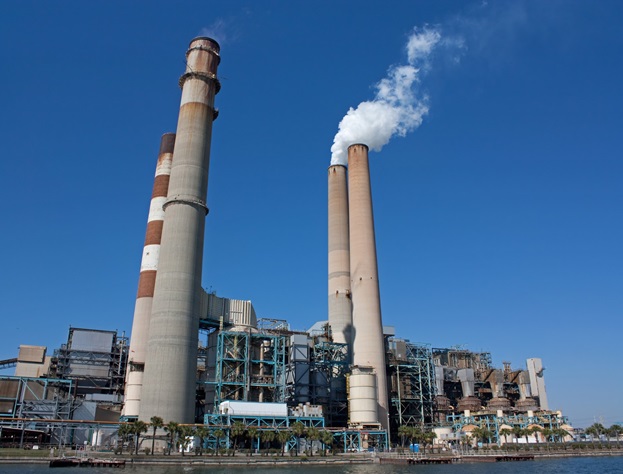Nestlé USA is Now Zero Waste to Landfill

Last week Nestlé announced its renewed commitment to achieve zero waste to landfill status in all factories globally by 2020. Currently, all Nestlé facilities in the United States are now zero waste to landfill, while globally 10% have met this standard. Nestle’s efforts are highly commendable. FEECO has consistently helped companies like Nestlé in developing custom waste to value solutions that fit their needs.
California Governor Signs Organic Waste Recycling Legislation

California Governor Jerry Brown has signed two environmental bills aimed at increasing the recycling of organic waste and the use of compost. The bills include efforts in diverting waste from landfills, reducing greenhouse gas emissions, sequestering carbon, and reducing water consumption in the state of California. In recent years, FEECO has seen an increase in interest for technologies to meet similar demands, such as converting organic wastes to fertilizers and transforming compost sources into granular soil amendments.
Food Waste to Energy Converter

A new Kickstarter campaign for a product called The Horse seeks to provide a small scale solution for converting food waste to fertilizer and energy, suitable for communities of around 50 people in size. The Horse’s founder, Jan Allen, says the machine is capable of processing 25 tons of organic waste annually, yielding 5,400 gallons of liquid fertilizer and 4.3 megawatt hours of electricity.
For Organic Farms, Tillage is a Double-Edged Sword

Organic farmers often use tillage as their primary weapon against weeds. However, new research is showing that this tillage may also have negative environmental implications. Specifically, the unintended driving of nitrogen losses, which contributes to groundwater pollution.
Coal Burns Cleaner When Co-Firing with Oat Hulls

Researchers from the University of Iowa have announced findings that co-firing a 50-50 mix of oat hulls with coal produced a 40% reduction in carbon dioxide emissions. Researchers also saw significant reductions in the release of hazardous materials, heavy metals, and particulate matter.
While co-firing has been criticized in the past for challenges such as inefficient burning, the need for specialized equipment, and limited feedstock supply, this study shows that in some settings, co-firing can not only be economically feasible, but can also provide significant benefits to the environment.
As the need to reduce emissions and harmful pollutants increases, research into projects like this will continue to provide the foundation necessary for more sustainable energy generation.


